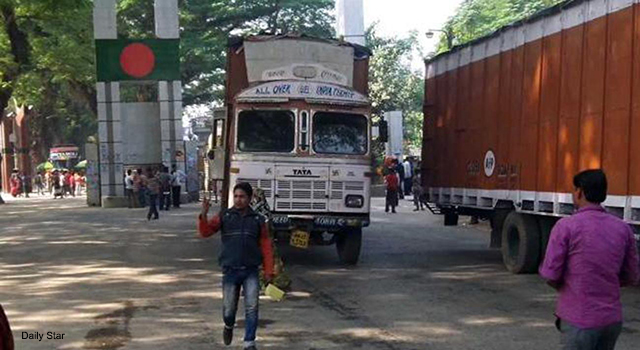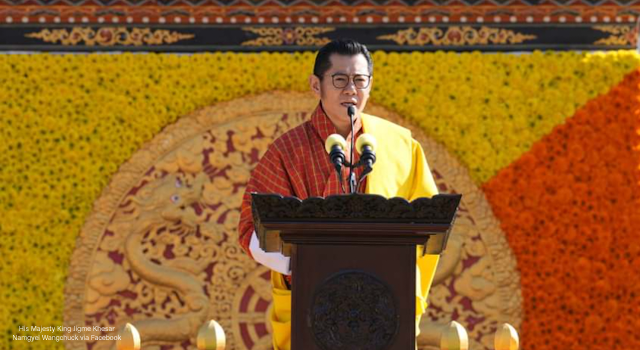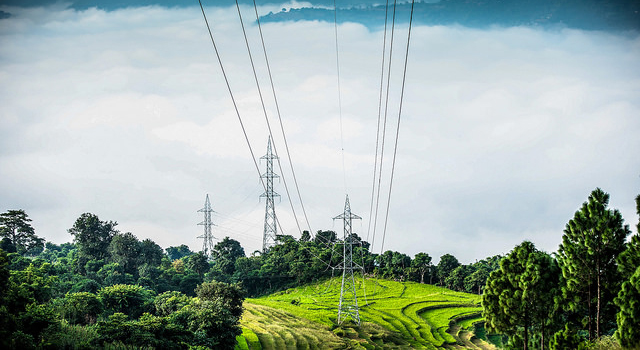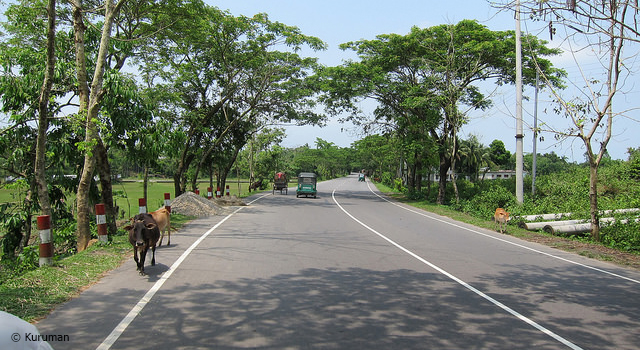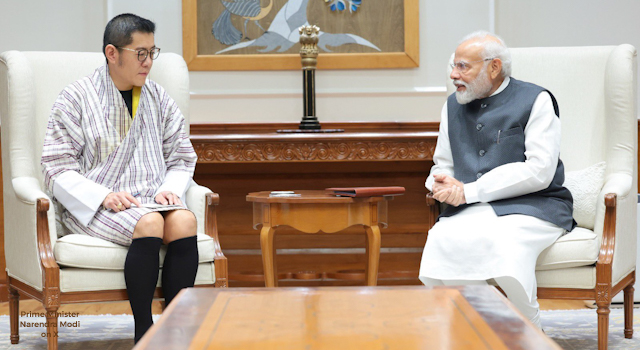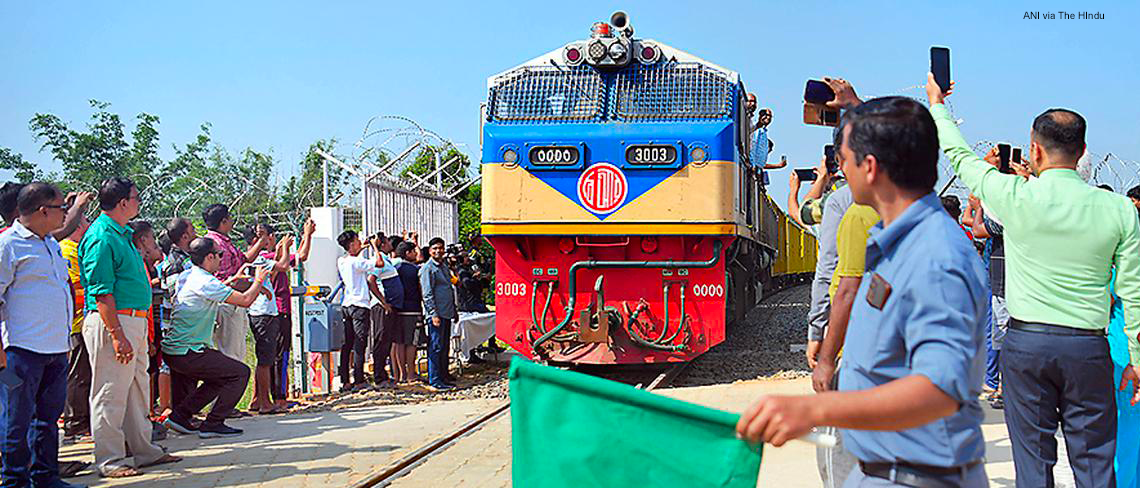
Commentary: Regional Cooperation and Integration through SAEU?
14 September 2015
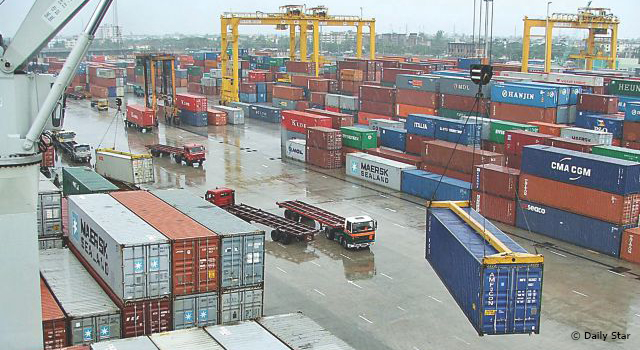
Regional cooperation and integration (RCI) is one of the Asian Development Bank's (ADB) core development agendas to help achieve ADB's vision of an Asia and Pacific free of poverty. With a Regional Cooperation Strategy for South Asia 2011-2015 that prioritizes trade facilitation, transport, and energy, ADB aims to improve connectivity, increase trade and investment and financial stability, and better living conditions in SASEC member countries through regional actions.
ADB supports efforts of the South Asian Association for Regional Cooperation (SAARC) to boost RCI through the idea of a South Asian Economic Union (SAEU). It continues to assist the SAARC Secretariat with analytical work and capacity building activities.
A commentary on the SAEU by Dr. Geethanjali Nataraj, Senior Fellow of the Observer Research Foundation (ORF), is shared below:
South Asia Economic Union: Far from reality
South Asia includes the most populous countries of the world and accounts for nearly 40 per cent of the world's population (1.64 billion). Despite being home to two-fifth of the world's population, South Asia's contribution to global GDP is only 3 per cent. As a result, nearly 25 per cent of the people in South Asia live below an income level of $1 per day per capita.
The SAARC concluded the SAFTA (South Asian Free Trade Area) in 2004 due to increasing cross border trade in the region. Presently, non-tariff barriers, the existence of a negative list for trade and other restrictions act as obstacles to enhancing free flow of goods in the region. Critically, the SAFTA commits to establish a framework for regional cooperation and institutionalise it.
Though SAFTA was sought to foster intra-regional trade in South Asia by creating a unified South Asia market, not much has changed during the post-SAFTA period. According to a World Bank report, intra-regional trade in South Asia accounted for only 5 per cent of total trade for the region in 2014.
In absolute terms, the total value of the intra-regional trade for SAARC in 2013 was $0.23 billion, which is abysmally low as compared to other regional blocs. The corresponding figure for ASEAN is $36 billion and $282 billion for the EU. Similarly, intra-region capital flows in South Asia are one of the lowest.
The South Asian region also lags behind vis-à-vis other regions with respect of FDI inflows. India received the maximum FDI inflows in the region accounting for $ 34 billion investment during 2014 taking it to the ninth top host country receiving FDI. The region as a whole received $41 billion in 2015 owing to a good performance by India. Pakistan and Bangladesh received $2 billion each in 2014 and Sri Lanka received about $1 billion.
In 2014, India was also the biggest investor in outward FDI in South Asia with an amount of $ 9.8 billion. Given the large and growing economies in the region with a huge aspiring middle class, there lies an immense scope for South Asia to evolve itself as an economic union and explore the potential gains from the same.
The South Asian countries share similar culture, history and production structure. A major proportion of GDP in all the SAARC nations is accounted for by the service sector though large chunk of the population is engaged in monsoon-dependent agriculture.
Remittances, particularly from Gulf countries, comprise a good proportion of national income in all the South Asian nations. This common source of external shock to these countries implies that the policy solution to the external shocks can be integrated.
Adopting a common currency for the regional bloc is a major step towards creating an economic union for free flow of goods and services. Nepal and Bhutan have already pegged their currency to that of India's indicating a plausibility towards South Asian common regional currency. Another factor that adds to the feasibility of an economic union is the mobility of labour.
Common currency may lead to the next step of free movement of labour, say between Nepal and India, with appropriate safeguards. Further, the establishment of a South Asian Economic Union will enjoy benefits of a less volatile exchange rate and export led GDP growth.
Positive aspects
Besides the positive aspects of South Asian Economic Union, there are certain challenges which come on the way of SAEU. First, it is the socio-economic disparity across these countries. While India has evolved significantly as a developing country and is predicted to be a global economic player by 2030, Afghanistan, Bangladesh, Nepal and Bhutan are still counted as least developed countries. The political scenario and the differences among the members of SAARC is one of the crucial challenges that needs to be addressed.
Existence of political complexities, for instance the absence of good governance and human right violation in Nepal and India, regional conflicts in India, civil and ethnic conflicts in Sri Lanka, etc hinder the process of uniting these countries for the cause of development.
Also, inter-state conflicts in South Asia like the tension between India and Pakistan over Kashmir, presence of insurgencies and terrorism in Pakistan and India, security problems in Bangladesh and the internal instability in Nepal add to the difficulties in strengthening integration.
Further, South Asian countries lack the infrastructure required to promote intra-regional trade. High transportation costs, under-developed financial institutions, inadequate cross-border infrastructure like warehousing facilities are a few major factors that hinder trade within the region. However, sub-regional cooperation in infrastructure through the signing of the Motor Vehicle Agreement (MVA) among the Bangladesh-Bhutan-India-Nepal (BBIN) is a welcome move.
Apart from socio-political differences, there are major macro-economic issues like differing inflation rates, fiscal and monetary policies to address macroeconomics stability which add to the difficulties towards a South Asian monetary and economic union.
Undoubtedly, the region has huge potential to be the engine of growth in the Asia-Pacific region. One of the main obstacles is the presence of inter-country differences and mistrust, the recent failure of NSA talks between India and Pakistan being a case in point.
Unless, the countries in the region overcome mistrust and shift from bad to good politics to reap the benefits of good economics, there is little hope for the region and the dream of a South Asia Economic Union would remain elusive.
This post originally appeared in the Observer Research Foundation and the Deccan Herald.
Related Links:



